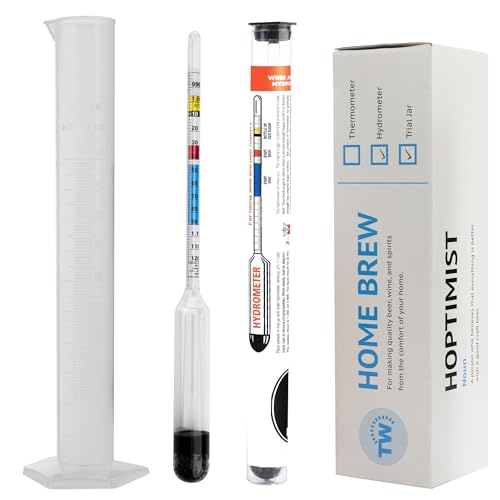Pal
New Member
Hi,
I'm looking at my next kit and it has some hops to do dry hopping during fermentation. I have looked at videos about how to dry hoping and have some questions about which one is the best.
-Putting the hops in a bag. It sounds good as you avoid having sediment hanging about in your beer but I read it isn't very efficient. Do you also need some weight so the bag doesn't float or it doesn't matter that much?
-sprinkle hops. I heard sediment is the biggest problem here. Any good suggestions to avoid getting sediment in the beer?
-I also saw some funky suggestions like putting a magnet in the bag so you can do the dry hopping without having to open the lid to prevent oxygen getting in. Is opening the lid for few seconds that much of an issue? I'm reading a CAMRA book and they seem pretty relaxed about open lids or open fermentation altogether.
Cheers buds
I'm looking at my next kit and it has some hops to do dry hopping during fermentation. I have looked at videos about how to dry hoping and have some questions about which one is the best.
-Putting the hops in a bag. It sounds good as you avoid having sediment hanging about in your beer but I read it isn't very efficient. Do you also need some weight so the bag doesn't float or it doesn't matter that much?
-sprinkle hops. I heard sediment is the biggest problem here. Any good suggestions to avoid getting sediment in the beer?
-I also saw some funky suggestions like putting a magnet in the bag so you can do the dry hopping without having to open the lid to prevent oxygen getting in. Is opening the lid for few seconds that much of an issue? I'm reading a CAMRA book and they seem pretty relaxed about open lids or open fermentation altogether.
Cheers buds


























![BREWING THERMOMETER STICKERS ACCURATELY MONITOR FERMENTING BEER & WINE LIQUID TEMPERATURES 5PCS HOME BREW SPIRITS WINE LCD ADHESIVE [US]](https://m.media-amazon.com/images/I/311DDjo2X3L._SL500_.jpg)





















